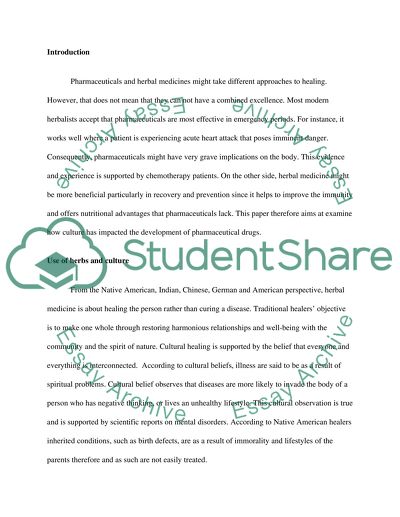Cite this document
(“How Culture Has Impacted the Development of Pharmaceutical Drugs Research Paper”, n.d.)
Retrieved de https://studentshare.org/health-sciences-medicine/1390180-pharmaceuticals-and-herbs
Retrieved de https://studentshare.org/health-sciences-medicine/1390180-pharmaceuticals-and-herbs
(How Culture Has Impacted the Development of Pharmaceutical Drugs Research Paper)
https://studentshare.org/health-sciences-medicine/1390180-pharmaceuticals-and-herbs.
https://studentshare.org/health-sciences-medicine/1390180-pharmaceuticals-and-herbs.
“How Culture Has Impacted the Development of Pharmaceutical Drugs Research Paper”, n.d. https://studentshare.org/health-sciences-medicine/1390180-pharmaceuticals-and-herbs.


